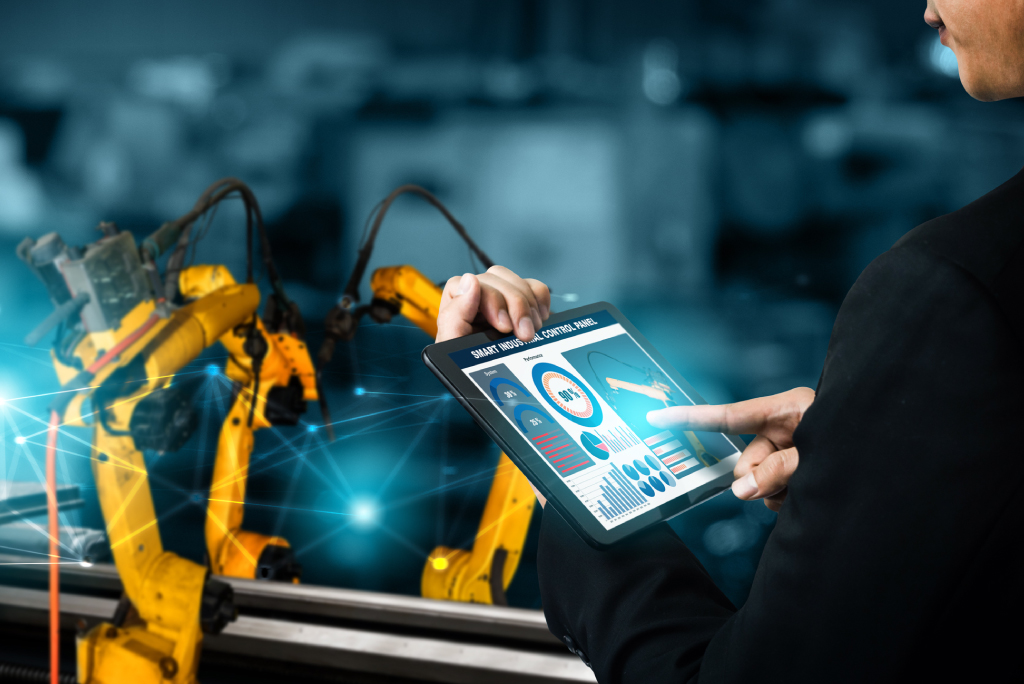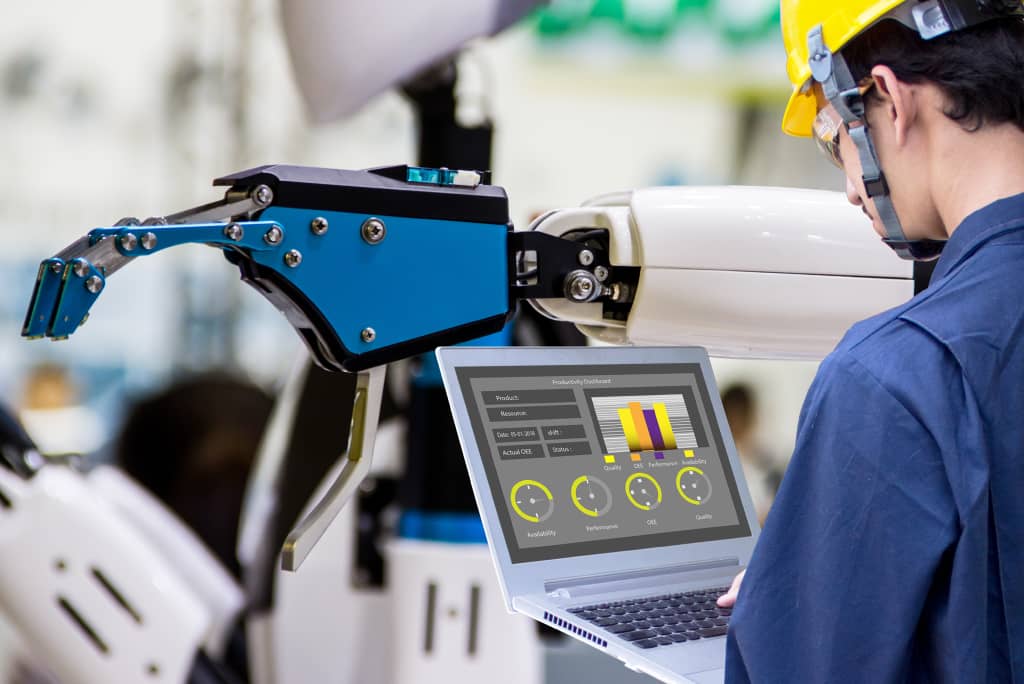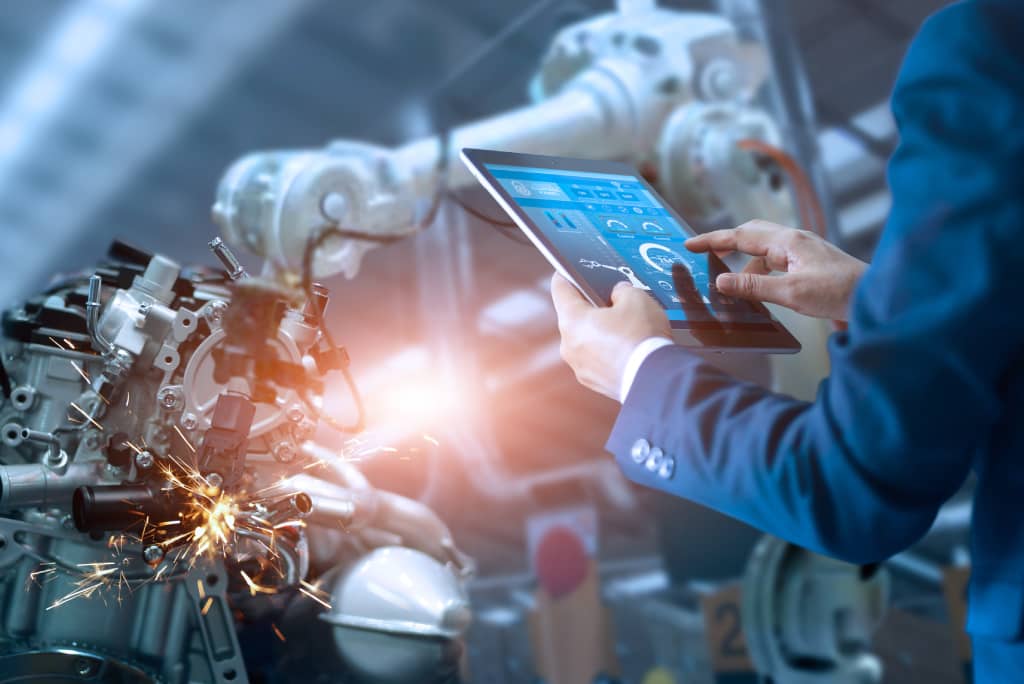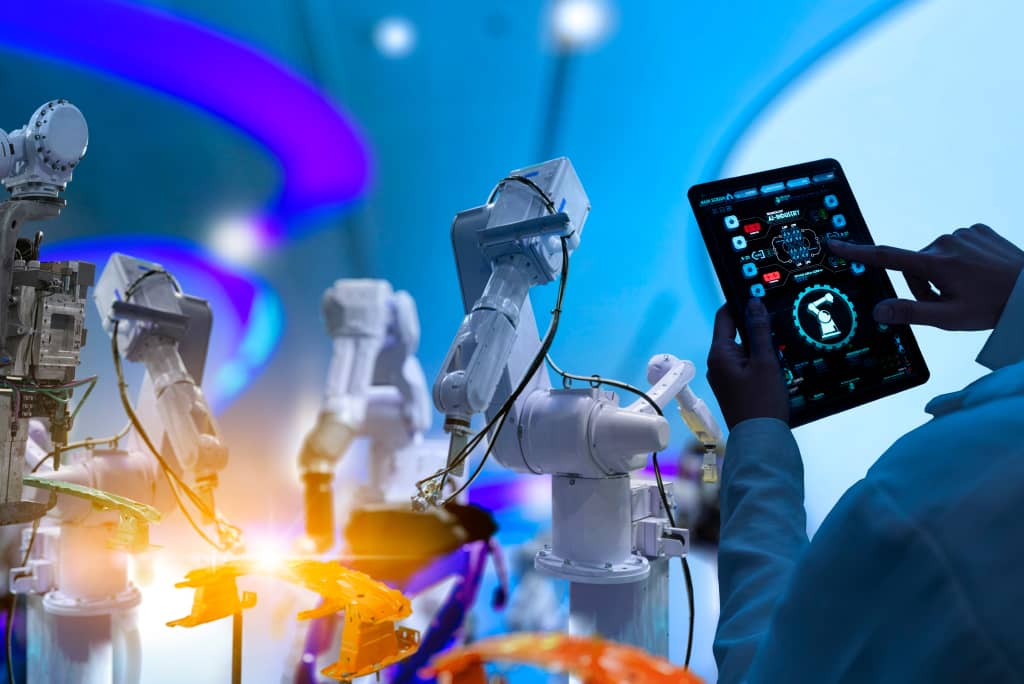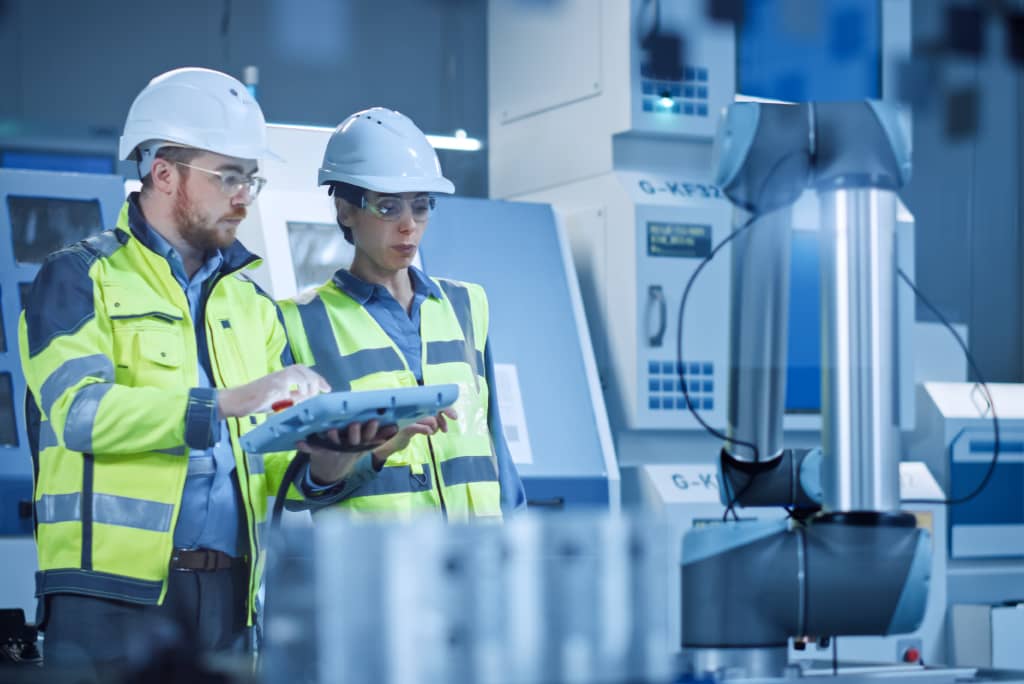RECENT POSTS
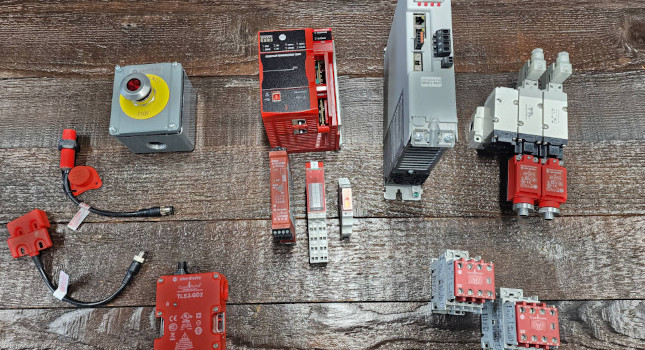
Check out this technical article written by our President Joe Carson featured in Control Engineering Magazine!
Modern machine safety controls solutions are critical for industrial manufacturing companies to maximize production capability while making equipment safe for workers to operate and improving employee morale.
BY JOE CARSON FEBRUARY 3, 2023
Machine safety is a crucial concern for industrial manufacturing companies. It is essential for preventing accidents and injuries, protecting equipment and property, and ensuring the smooth operation of the manufacturing process. One of the most effective ways to achieve this is by implementing safety control devices on equipment. These devices can improve production while making the equipment safer for workers to operate.
The relatively recent advancement of safety controls technology has been instrumental in improving the safety of equipment while simultaneously increasing production. Historically, safety mitigation methods have been synonymous with inhibiting production. That dated perspective is no longer accurate with the progression of safety controls devices. Today, the best-in-class manufacturing facilities operate the safest and highest producing equipment.
The first step in ensuring machine safety is conducting a thorough risk assessment. This involves identifying potential hazards, evaluating the likelihood of those hazards occurring, and determining the potential consequences of an accident.
Once the risk assessment is complete, a safety remediation and mitigation plan should be developed to address any identified hazards. This plan can include specific procedures and protocols for safe operation of the equipment, hard guarding, safety controls implementation, as well as training and education programs for workers.
A safety controls function includes a safety input device, safety logic device, and safety output device. These safety functions can be evaluated to meet a certain performance level and category level using internationally recognized standards such as ISO 13849.
One of the most common safety control input devices is the emergency stop button. This allows workers to quickly shut down equipment in the event of an emergency. It is important to understand that emergency stop buttons are a complimentary safety measure. They are often initiated after an incident has occurred, and not preventative in nature. Examples of important safety controls devices that are preventative include light curtains, interlock switches, safety mats, area scanners, safety sensors, and two-hand control. These safety input devices should be connected to a safety logic device such as a relay or safety programmable logic controller (PLC).
The safety logic device ultimately controls the safety output devices. The safety output devices control the energy of the hazard. This can be electric, pneumatic, hydraulic, etc. Some examples of safety output devices include safety contactors, safe toque off inputs on VFDs, safety pneumatic dump valves, and safety relays. This crucial step in the design of the safety control system is commonly overlooked.
A controls designer often will have a safety input device connected to a standard logic device or the logic device does not control safety output devices. Instead, standard controls methods are used for stopping the hazard. This is extremely dangerous and creates a false sense of safety. The hazardous energy must be removed from the hazard using appropriate safety output devices which meet the performance level and category level of the safety circuit determined in the risk assessment.
Safety PLCs can be integrated with a machine’s control system, allowing for real-time monitoring and control of equipment, improving production efficiency, and reducing downtime. Safety control devices can also be connected to a central monitoring system, allowing for remote monitoring and control of equipment, further improving production efficiency and safety.
Implementing safety control devices can also have financial benefits for industrial manufacturing companies, as it reduces the risk of accidents and injuries, which in turn reduces the cost of workers’ compensation claims. Developing a culture around safety improves the reputation of the company and improves employee morale, which makes it more attractive to customers and potential employees.
In conclusion, safety control devices play a crucial role in ensuring the safety of industrial manufacturing companies, and their implementation can lead to improved production and a safer working environment for employees.
similar posts
Certifications
Contact Us
Telephone:
Corporate Office “The Shop”
Pacific Blue Engineering, LLC
2880 Orange Ave
Long Beach, CA 90755
© All contents copyright © 2023 by Pacific Blue Engineering

